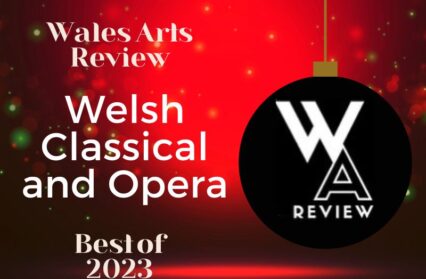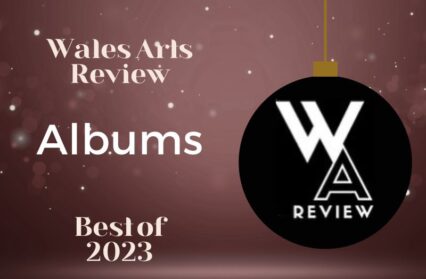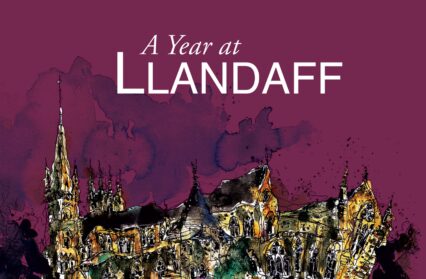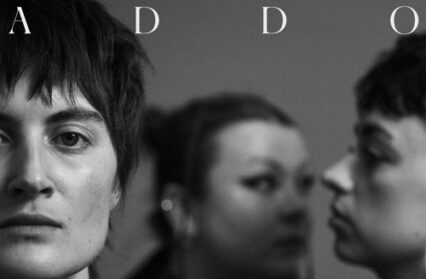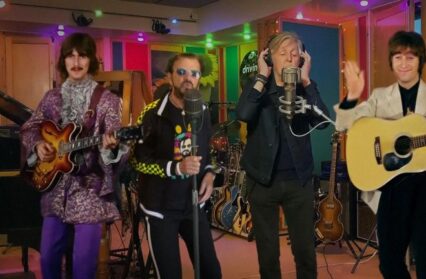David Truslove travelled to St David’s Hall to witness a performance of Claudio Monteverdi’s Vespers of the Blessed Virgin Mary; a co-production from Ex Cathedra Consort and His Majestys Sagbutts & Cornetts.
This ambitious performance of Monteverdi’s 1610 publication from Ex Cathedra Consort and His Majestys Sagbutts & Cornetts, directed by Jeffrey Skidmore, was rewarding and frustrating in equal measure. The Vespers is a superb amalgamation of Renaissance and Baroque techniques and regarded as one of the crowning glories of the early 17th century, yet this account raised more questions than were answered in relation to how such a trail-blazing work should be performed. Arguably, there is no more relevant question than whether the work was originally intended to be given by such modest vocal forces as used last Thursday at St David’s Hall.
Perhaps more pertinent is whether today’s performances benefit from historically-aware renditions in circumstances and venues far removed from their source of origin? Has the Vespers become so institutionalised that we no longer stop to consider whether the composer’s assemblage of sacred pieces (five psalm settings, a Mass, the Magnificat and several vocal concertos) was ever performed in its entirety during Monteverdi’s lifetime? Was the work intended for a specific feast day and would additional musicians have been drafted in to amplify the regulars and heighten the religious observance? Do any of these questions matter? Obviously no two performances are the same, but a few answers might help to illuminate both the virtues and shortcomings of this performance.
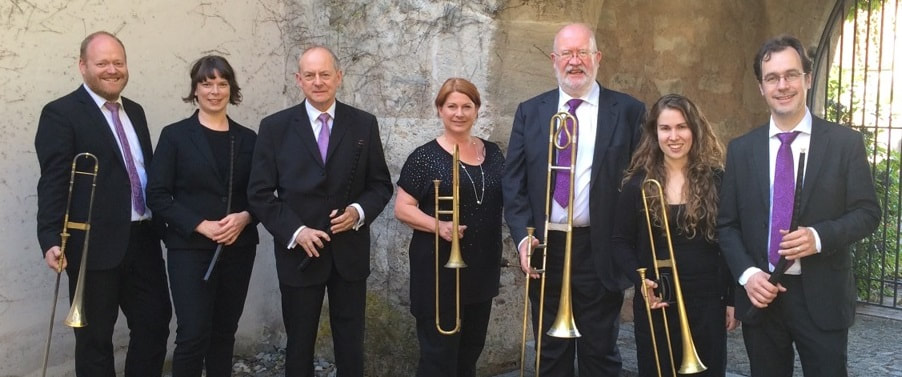
My biggest concern was the disparity between the chamber-sized forces and the scale of the venue. Not surprisingly, the mixed string and wind instruments (plus organ and theorbo) had no difficulty in producing crisp and sonorous tone. In some respects, neither did the ten strong professional chorus, comprising four each of sopranos and tenors and two basses. Put the two together and the choir (divided into two antiphonal groups of five singers) was often overwhelmed. They were moderately audible in double choir movements such as ‘Nisi Dominus’, but cleaner rhythmic articulation might have given their collective sound more presence, if not substance which was lacking in the bracing opening chorus underpinned by its buoyant fanfares.
Even if we believe the work was written for the limited resources available to Monteverdi at the court of Mantua, do period performances within one of Cardiff’s principal concert venues enhance our experience of the Vespers? While there were many ear-catching moments, this ‘connoisseurs’ account needed more weight of tone for the performance to electrify, edge of the seat excitement was only glimpsed and Baroque splendour partially conjured. What price authenticity?
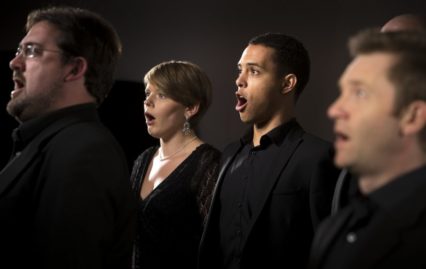
Photo Credit: Adrian Burrows
What made a significant impression, however, was the level of musicianship from individual singers and instrumentalists, strikingly so in the vocal concertos. Chief amongst these was the three-voice ‘Duo Seraphim’, where tenors Paul Bentley Angell, Sean Clayton and Ashley Turnell delivered peerless expressivity and beauty of tone, creating a rare hall-stilling intimacy. Elizabeth Kenny’s theorbo brought much distinction to the echo duet ‘Audi Coelum’, her impeccable support of two spatially separated tenors embellished with delicate flourishes to evoke the Virgin Mary’s grace and beauty.
Not all vocal couplings were so well-matched or projected, and it was this last aspect that disappointed most when all four sopranos combined for the prayer ‘Sancta Maria ora pro nobis’- ‘Holy Mary, pray for us’. Repeated eleven times and with remarkable resourcefulness, this movement brilliantly showcases Monteverdi’s ingenuity. Yet here, despite colourful instrumental support from an excellent team of cornetts, trombones and strings, fervent pleas to Mary were at best demure, a tepid almost watery sound that severely lowered the performance’s emotional temperature. The exuberant wind and string writing surely suggest a more emphatic style of vocal delivery, for which some conductors engage children’s voices with a capacity for robust, virile tone
The multi-layered polyphony of ‘Ave maris stella’ was similarly lukewarm, Monteverdi’s glorious setting of the medieval Hymn felt contained, its nobility largely hidden. The evening’s biggest frustration came with an interval break (placed before the ‘Magnificat’) thereby disrupting the performance’s accumulating energy and draining its momentum. But a few, intermittent sparks appeared courtesy of two rich-toned basses, Greg Skidmore and Lawrence White, who provided some much-needed characterisation in ‘Quia fecit’- ‘For he that is mighty…’. Elsewhere, the ‘Magnificat’ fitfully came to life, the joy of Mary’s impending motherhood arising more from sparkling instrumentation than choral vigour.
The glorious polyphony of its closing pages briefly summoned soaring arches, but the spirit of Monteverdi’s ground-breaking achievement remained largely earthbound – its magnificence only modestly realised.
To find out more about Ex Cathedra Consort visit their website.
To find out more about His Majestys Sagbutts & Cornetts visit their website.
David Truslove is a critic and regular contributor to Wales Arts Review.





